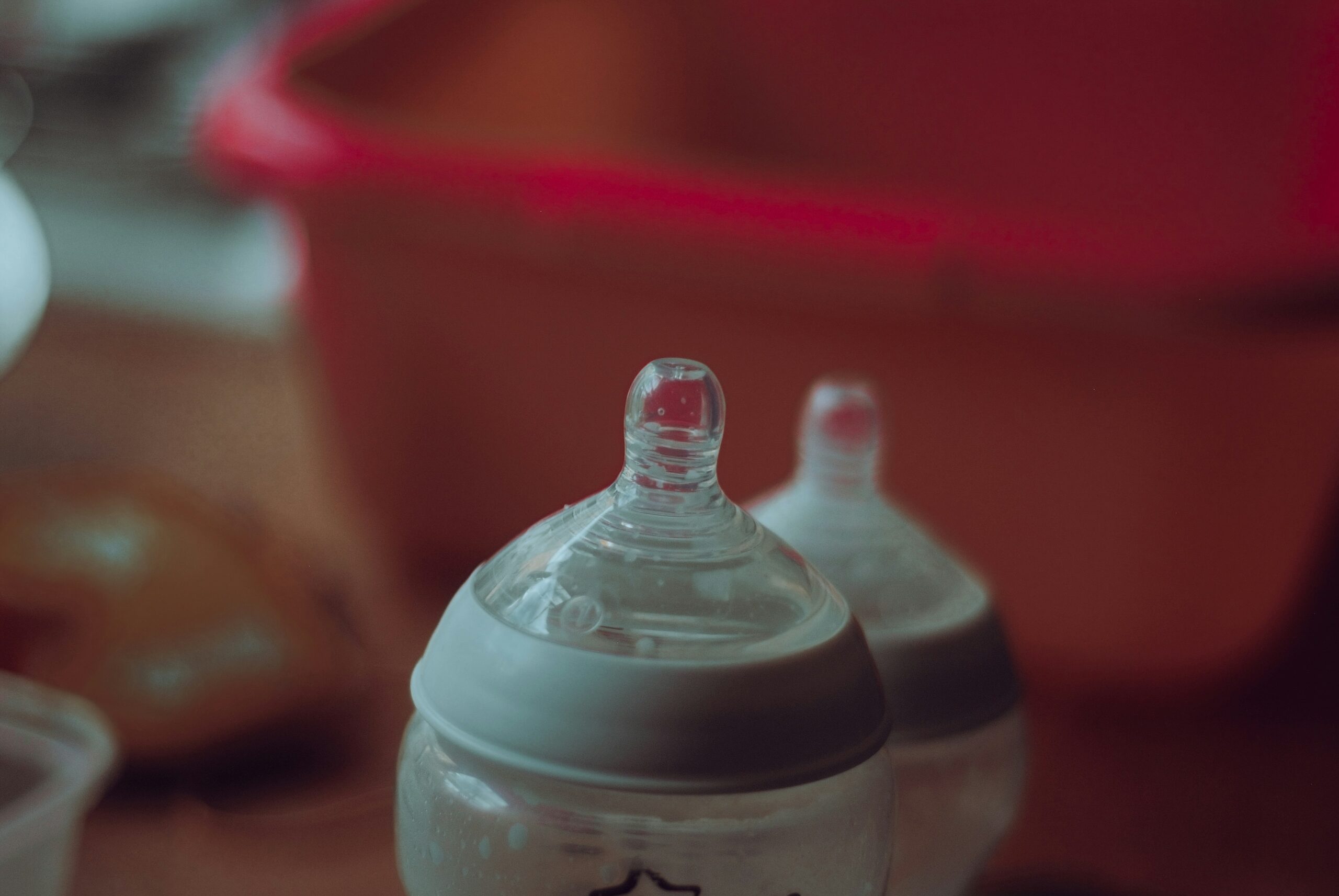Hello, diligent parents and caregivers! It’s Mikey here, diving into a question that bubbles up in kitchens everywhere: is it safe to microwave baby food? With the microwave often being a go-to appliance for its convenience and speed, it’s crucial we understand how to use it safely, especially when it comes to feeding our little ones. So, let’s heat up this discussion with facts, tips, and safety measures to ensure your baby’s meals are not only delicious but also perfectly safe.
Understanding Microwave Safety for Baby Food
The short answer is yes, microwaving baby food can be safe if done correctly. The key to safety lies in ensuring even heating and avoiding hot spots, which can scald a baby’s mouth if undiscovered. Additionally, many studies have shown that nutrients are BETTER preserved in microwave heating when compared to other methods.
With that, let’s break down what you need to know to microwave baby food safely.
The Do’s and Don’ts of Microwaving Baby Food
Do Stir and Test Temperature
- Even Distribution: After microwaving, always stir the baby food thoroughly. This practice helps distribute heat evenly, eliminating dangerous hot spots.
- Temperature Check: Always test the food’s temperature before serving it to your baby. Use a clean spoon, and taste a small amount to ensure it’s lukewarm, not hot.
Do Use Safe Containers
- Microwave-Safe Only: Opt for containers specifically labeled as microwave-safe. Glass and certain types of food-grade silicone are generally the best choices for heating baby food in the microwave.
- No Harmful Chemicals: Using the right containers reduces the risk of harmful chemicals leaching into the baby food. Even microwave-safe plastic should be used sparingly, with a preference for alternatives like glass when available.
Do Defrost First
- Gradual Thawing: If you’re starting with frozen baby food, it’s safer to defrost it in the refrigerator first rather than directly in the microwave. This approach promotes more uniform heating when you do warm it up.
- Avoid Direct Microwaving of Frozen Food: Directly microwaving frozen baby food can lead to uneven heating, making some portions too hot and others still frozen.
Don’t Skip Stirring
- Avoid Hot Spots: Failing to stir the baby food after microwaving can result in uneven temperatures, with some areas being much hotter than others. This inconsistency poses a burn risk to your baby.
Don’t Reheat in Jars
- Container Safety: Many commercial baby food jars are not designed to withstand microwave temperatures and may not be microwave-safe. Transferring food to a microwave-safe dish is always the safest option.
- Chemical Concerns: Even if the jar doesn’t break or crack, there’s a risk of chemical leaching from the jar’s material into the food.
Don’t Overheat
- Nutrient Loss: Excessive heat can degrade the nutritional quality of baby food, destroying vitamins and minerals essential for your baby’s development.
- Texture and Taste: Overheating can also negatively affect the texture and taste of the food, making it less palatable for your baby.
How To Microwave Baby Food Safely
Now that we’ve discussed some common mistakes and best practices, let’s walk step-by-step through the best process for heating up dinner!
Step 1: Choose the Right Container
Select a microwave-safe container. If you’re using commercial baby food in jars, check if the jar is labeled microwave-safe. If not, transfer the food to a container that is.
Step 2: Portion Appropriately
Only heat the amount of food you expect your baby to eat in one sitting. This prevents waste since reheated baby food shouldn’t be saved, stored, and reheated at a later time.
Step 3: Cover and Heat
Cover the container with a microwave-safe lid or plastic wrap, leaving a corner open to allow steam to escape. Heat the food in short intervals, stirring between each to ensure even heating.
Step 4: Let It Stand
After heating, let the food stand for a minute or two. This allows the temperature to stabilize and prevent hot spots.
Step 5: Stir and Test
Stir the food thoroughly again, then test the temperature yourself before feeding it to your baby. It should feel lukewarm, not hot.
FAQs: Is It Safe To Microwave Baby Food?
Can I microwave baby food directly from the fridge?
Yes, but it may require longer heating times. Always ensure the food is evenly heated throughout.
How do I know if a container is microwave-safe?
Look for a microwave-safe symbol on the bottom of the container, usually a microwave with some waves, or check the product’s packaging or instructions.
Is it safe to microwave breast milk or formula?
It’s not recommended to microwave breast milk or formula as it can create hot spots and destroy nutrients. Instead, warm bottles under hot running water or in a bottle warmer.
Can I reuse leftovers from a microwaved portion of baby food?
No, bacteria from the baby’s saliva can contaminate the leftovers, making them unsafe to eat. Always discard any uneaten reheated baby food.
How long can microwaved baby food sit out?
Follow the two-hour rule. Don’t leave microwaved baby food at room temperature for more than two hours to avoid bacterial growth.
Cooling Down
Microwaving baby food is all about safety and convenience. By following these guidelines, you can ensure that your baby enjoys nutritious, safely prepared meals with minimal fuss. Remember, every microwave is different, so it’s crucial to get to know yours and adjust heating times as necessary. With a little care and attention to detail, you can make mealtime a breeze.
Stay tuned for more tips and tricks from your pal Mikey, ensuring you navigate the culinary adventures of parenthood with confidence. Until next time, happy and safe microwaving!

